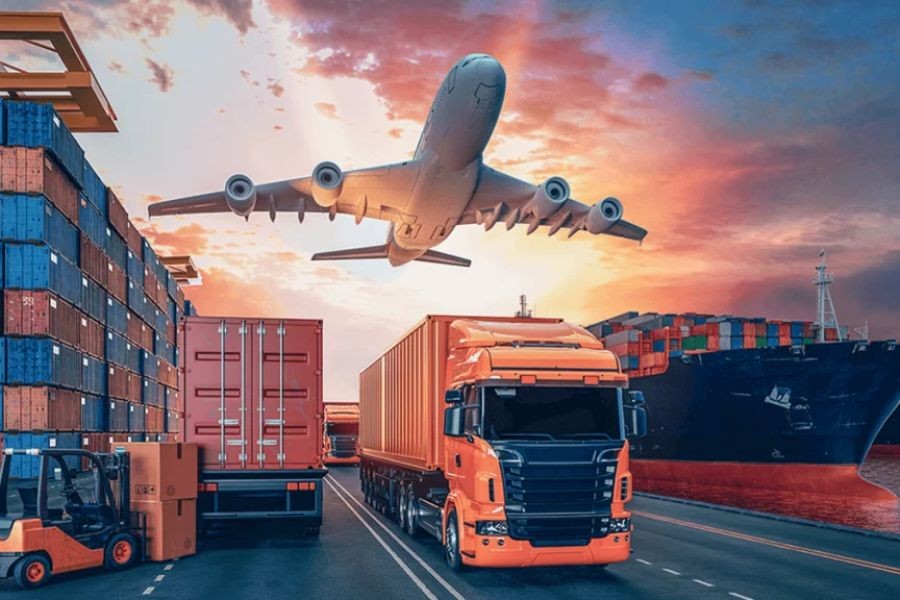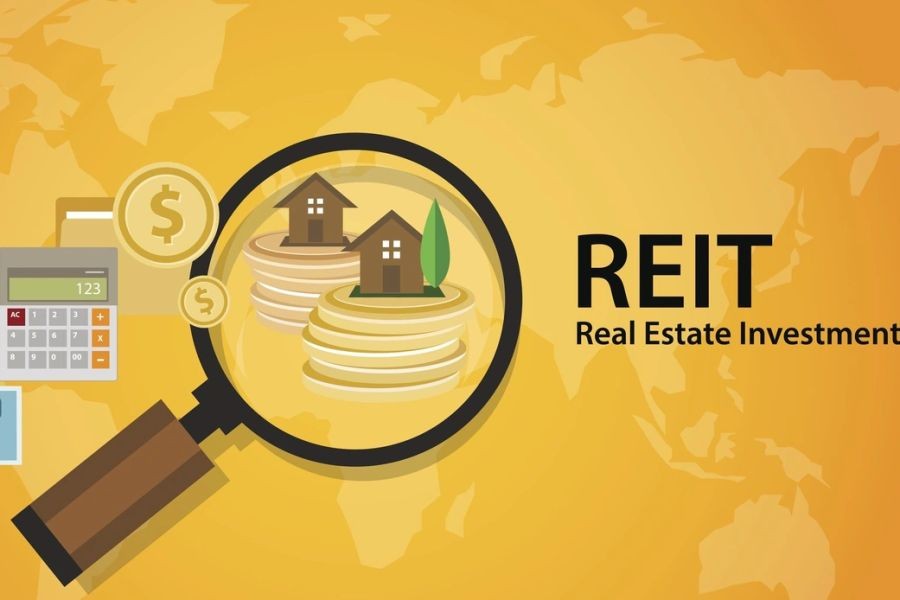Is New Zealand’s Investment in Transportation Just a Waste of Money?
New Zealand's investment in transportation has been a topic of significant debate and scrutiny. With billions allocated to infrastructure projects, the stakes are high, and public opinion is divided. Is this investment a necessary step toward a sustainable future, or is it an extravagant expenditure with minimal returns? Let’s delve deep into the complexities of transportation investment in New Zealand, supported by data-driven insights, expert analysis, and real-world examples.
Introduction: The Transportation Dilemma
Did you know that New Zealand has allocated over NZD 4 billion annually to transportation infrastructure? This staggering figure has sparked a national conversation on the value and impact of such investments. With the recent completion of major projects like the Transmission Gully motorway, the question arises: Are these investments yielding the expected benefits, or are they merely a drain on public funds?
This article examines the multifaceted aspects of New Zealand's transportation investments, highlighting their implications for the economy, environment, and society. As the nation strives to balance growth with sustainability, understanding these dynamics is crucial for informed public discourse and policy-making.
Data-Driven Insights: Understanding the Impact
According to a report from Stats NZ, transportation investments have a multiplier effect on the economy, with every dollar spent generating approximately NZD 2.50 in economic activity. This figure underscores the potential of transportation projects to boost economic growth, create jobs, and enhance connectivity across regions.
Additionally, the Ministry of Business, Innovation, and Employment (MBIE) highlights that improved transportation infrastructure reduces travel time and costs, thus increasing productivity. For instance, the Auckland City Rail Link is projected to decrease travel time by up to 20 minutes, significantly benefiting daily commuters and businesses alike.
Case Studies: Real-World Implications
Case Study: Auckland’s City Rail Link – A Catalyst for Growth
Problem:
Auckland's growing population has led to severe congestion, with peak-hour traffic causing delays and inefficiencies. The city needed a sustainable solution to accommodate its increasing urbanization.
Action:
The City Rail Link (CRL) project was initiated to address this issue. By expanding the rail network and enhancing connectivity, the initiative aimed to facilitate smoother commutes and reduce road congestion.
Result:
- Travel Efficiency: Reduced travel times by 20%, significantly easing congestion.
- Economic Impact: Generated over NZD 1.3 billion in economic benefits by boosting local businesses and property values.
- Environmental Benefits: Decreased carbon emissions by encouraging public transport use.
Takeaway:
This case study illustrates the transformative potential of strategic transportation investments. By enhancing public transport infrastructure, New Zealand can achieve sustainable urban growth while minimizing environmental impacts.
Case Study: Transmission Gully – A Mixed Bag
Problem:
Wellington’s transport network faced frequent disruptions due to its reliance on a few critical routes. Transmission Gully was proposed to provide an alternative route and improve resilience.
Action:
Construction of a 27 km motorway designed to withstand seismic activities and provide a rapid route between Wellington and the Kapiti Coast.
Result:
- Completion: Delayed by several years, leading to cost overruns.
- Usage: Enhanced connectivity with a 15% reduction in travel time during peak hours.
- Public Perception: Mixed reviews due to delays and environmental concerns.
Takeaway:
The Transmission Gully project highlights the challenges of large-scale infrastructure investments, where unforeseen delays and budget constraints can impact public perception and value realization.
Pros vs. Cons of Transportation Investments
Pros
- Economic Stimulus: Infrastructure projects create jobs and stimulate local economies.
- Improved Connectivity: Enhanced transport networks facilitate trade and mobility.
- Sustainability: Investments in public transport reduce carbon footprints.
- Long-Term Benefits: Infrastructure improvements lead to increased property values and economic development.
Cons
- High Costs: Initial investment and maintenance costs can be prohibitive.
- Environmental Impact: Large projects may disrupt ecosystems and habitats.
- Delays and Overruns: Complex projects are prone to delays and budget overruns.
- Public Discontent: Inadequate planning can lead to public dissatisfaction.
Debunking Myths and Misconceptions
Myth vs. Reality
Myth: "Transportation investments always lead to economic growth."
Reality: While infrastructure can stimulate growth, poorly planned projects may not deliver expected returns. Rigorous feasibility studies are essential to ensure value.
Myth: "Public transport investments are a waste of money."
Reality: Public transport reduces congestion, lowers emissions, and enhances urban mobility, offering significant long-term benefits.
Myth: "Transportation projects only benefit urban areas."
Reality: Rural regions also gain from improved connectivity, facilitating access to markets and services.
Industry Insights and Future Trends
Expert Insight: According to Dr. John Reid, a transportation economist at the University of Auckland, "Investments in smart transportation technologies, such as autonomous vehicles and smart traffic systems, are crucial for future-proofing New Zealand's infrastructure."
Future Trends: By 2030, New Zealand aims to integrate electric and autonomous vehicles into its transport network, significantly reducing carbon emissions and enhancing safety. The government's commitment to the Zero Carbon Act aligns with these initiatives, prioritizing sustainable and resilient infrastructure.
Conclusion: A Call to Action
New Zealand's transportation investments are not merely expenditures but strategic initiatives that drive economic growth, sustainability, and connectivity. While challenges exist, the potential benefits far outweigh the drawbacks when projects are meticulously planned and executed.
As citizens and policymakers, it is imperative to engage in informed discussions, advocate for transparency, and support initiatives that align with the nation's long-term vision. What are your thoughts on New Zealand's transportation investments? Share your insights and join the conversation!
People Also Ask
How do transportation investments impact New Zealand’s economy?
Transportation investments stimulate economic activity by creating jobs and enhancing connectivity. For example, the City Rail Link in Auckland is expected to generate over NZD 1.3 billion in economic benefits.
What are common misconceptions about public transport investments?
A common misconception is that public transport investments offer minimal returns. However, they reduce congestion, lower emissions, and improve urban mobility, providing long-term benefits.
What future trends are shaping New Zealand’s transportation sector?
Future trends include integrating electric and autonomous vehicles, smart traffic systems, and sustainable infrastructure to align with the Zero Carbon Act’s goals.
Related Search Queries
- Benefits of transportation investments in New Zealand
- Challenges facing New Zealand's infrastructure projects
- Sustainable transport initiatives in New Zealand
- Economic impact of public transport investments
- Future of autonomous vehicles in New Zealand
- Environmental impact of large-scale infrastructure projects
- Public perception of transportation investments in New Zealand
- Zero Carbon Act and its implications for transport



























KristeenWa
8 months ago